In Photos: The Destruction of Iraq Heritage Sites by ISIS
Caught red-handed
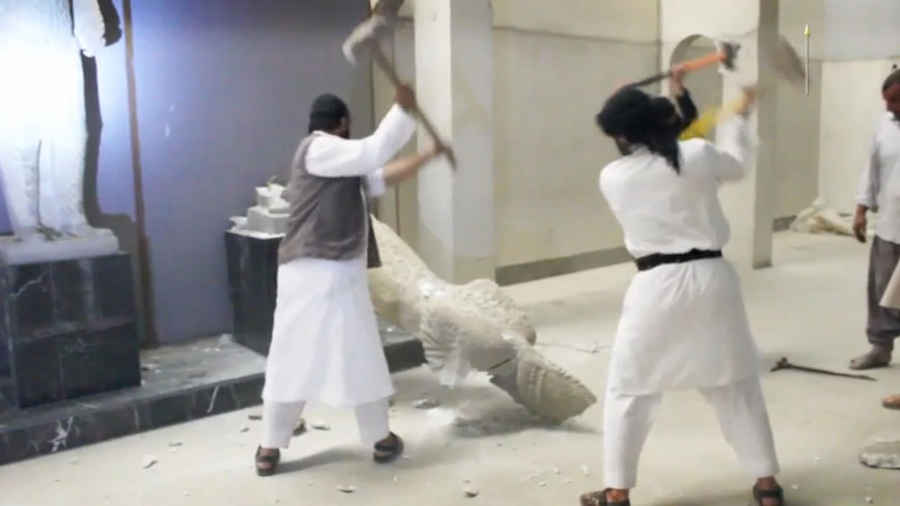
The Islamic State group (also called ISIS) destroyed and damaged numerous historical sites during their war. At present, an Iraq-Kurdish force is fighting their way into Mosul, the last major city in Iraq that ISIS still controls. With ISIS nearing defeat in Iraq, some fighters are choosing to surrender rather than fight to the death. It's possible that captured fighters who helped destroy historical sites could face war crime charges. Legal experts say that the videos that ISIS took for propaganda purposes could be used against members in a court of law.
This image shows an ISIS propaganda video of their members wrecking a museum near Hatra in Iraq.
[Read the full story on ISIS war crimes]
Bringing back the past
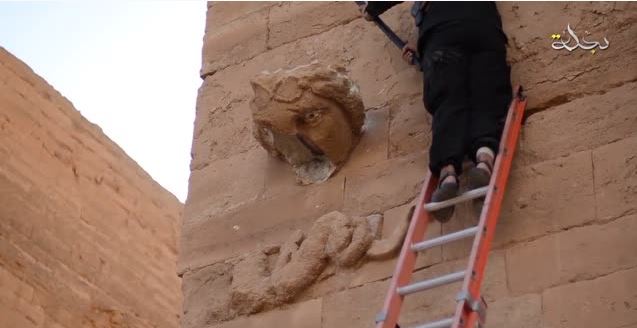
Another ISIS member is shown on video destroying the ancient city of Hatra. These videos may come back to haunt ISIS members in court, legal experts told Live Science.
Evidence of destruction
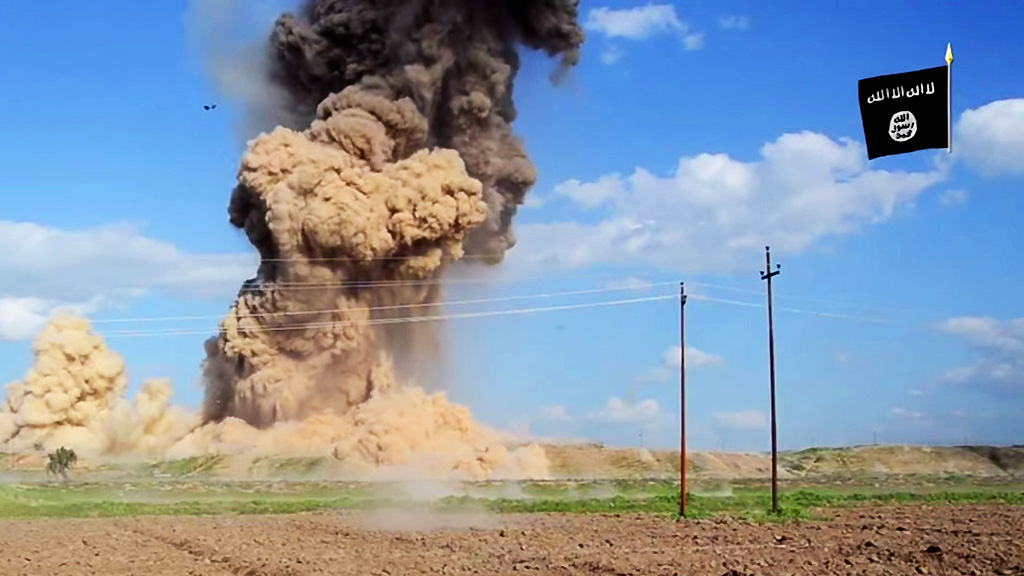
ISIS dynamited and bulldozed the ancient Assyrian city of Nimrud. This destruction was captured on video. The Agence France Presse (AFP) reports that several ISIS fighters were captured near Nimrud. If they took part in this destruction, they may face war crime charges.
[Read the full story on ISIS war crimes]
Strategic placement
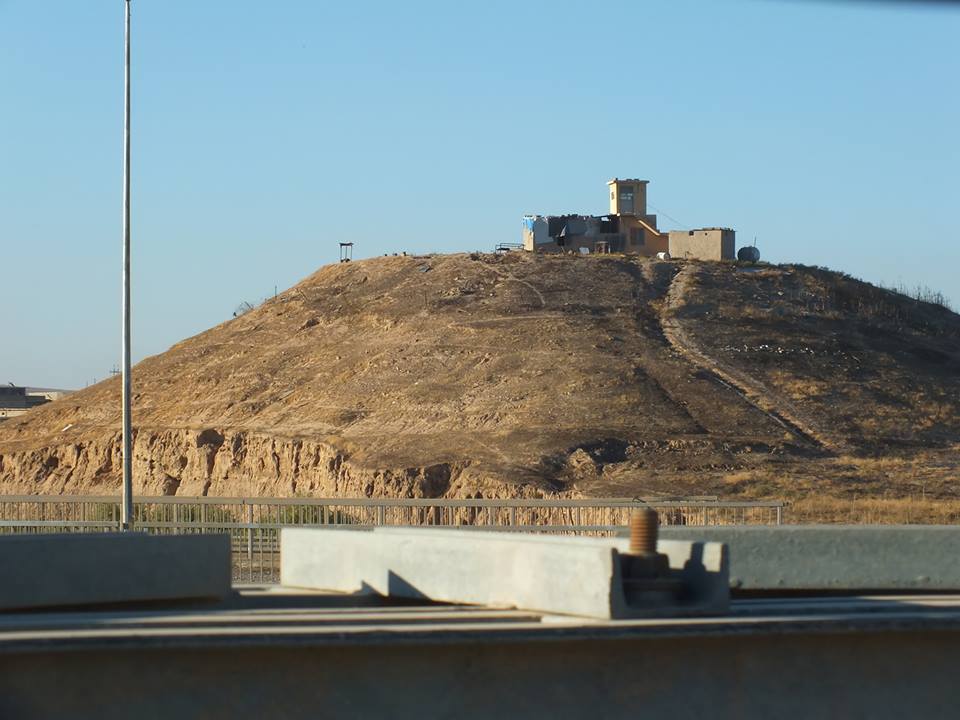
Another recently recaptured site showing a Tell, a hill created when people lived there for centuries or millennia. Tells contain unexcavated settlements, some as large as a city. ISIS built an observation post on top of this Tell. Aside from the good viewpoint, the fact that the post was on top of the Tell made it hard for it to be destroyed, as any bomb dropped would destroy both the observation post and the archaeological remains.
Sign up for the Live Science daily newsletter now
Get the world’s most fascinating discoveries delivered straight to your inbox.
Protect the future or past?

Another recaptured Tell that again ISIS used as an observation post, making it hard to destroy without destroying the archaeological remains.
Unimaginable damage
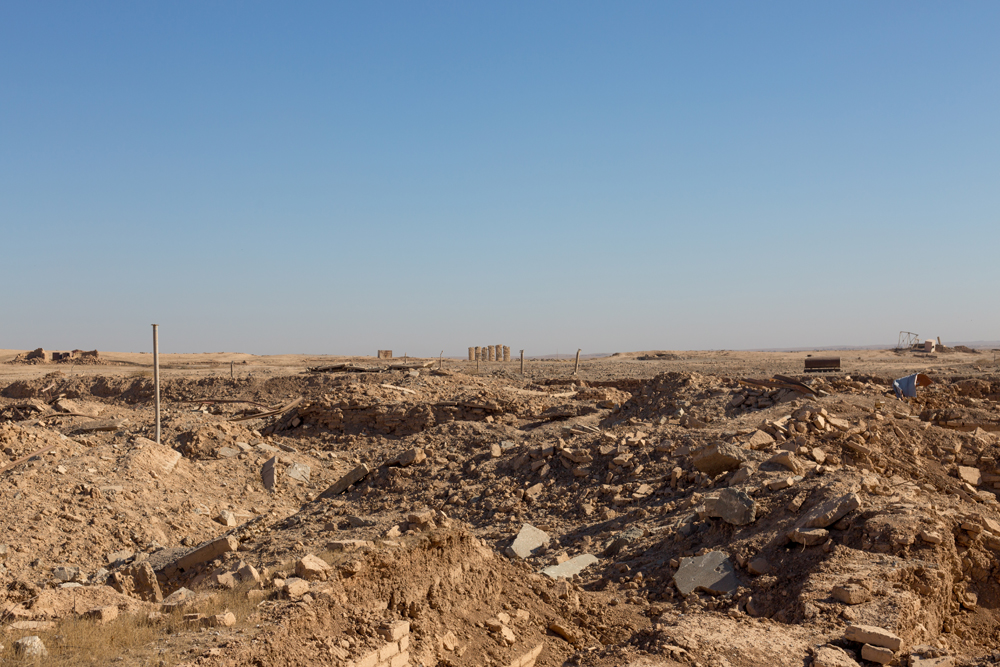
When Iraqi forces retook Nimrud, they found that the ancient city had been devastated. This image shows the blown-up and bulldozed landscape. Some of the artifacts may have been looted and sold on the black market to supply ISIS with money.
Irreparable devastation
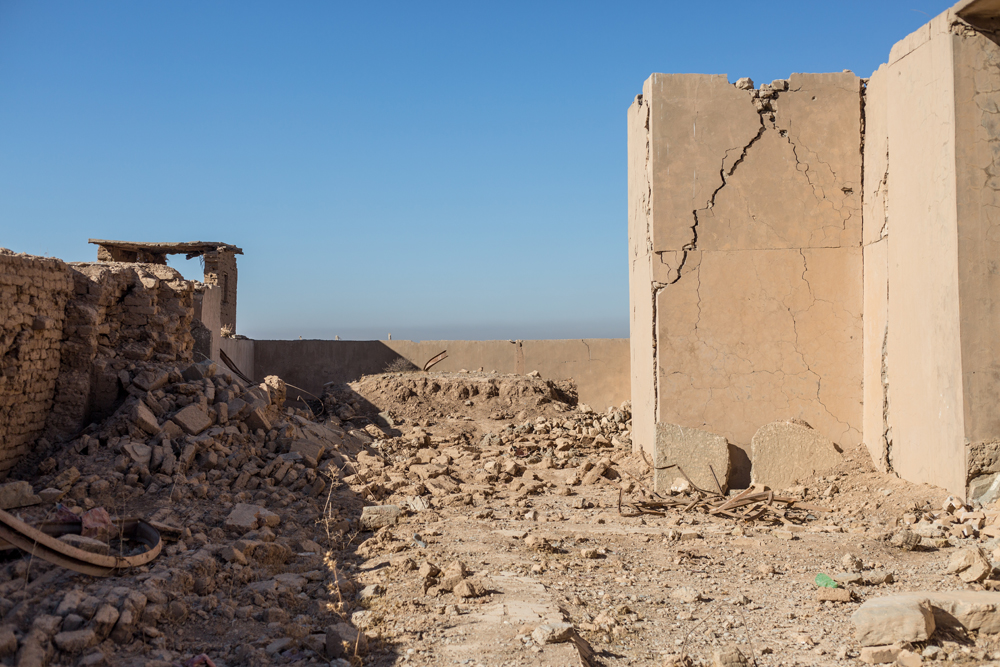
Another image of Nimrud. UNESCO, the antiquities coalition and other groups are pushing for war crime investigations into the crimes ISIS committed. Captured ISIS members who committed these acts could find themselves serving many years in prison if convicted, legal experts said.

Owen Jarus is a regular contributor to Live Science who writes about archaeology and humans' past. He has also written for The Independent (UK), The Canadian Press (CP) and The Associated Press (AP), among others. Owen has a bachelor of arts degree from the University of Toronto and a journalism degree from Ryerson University.









